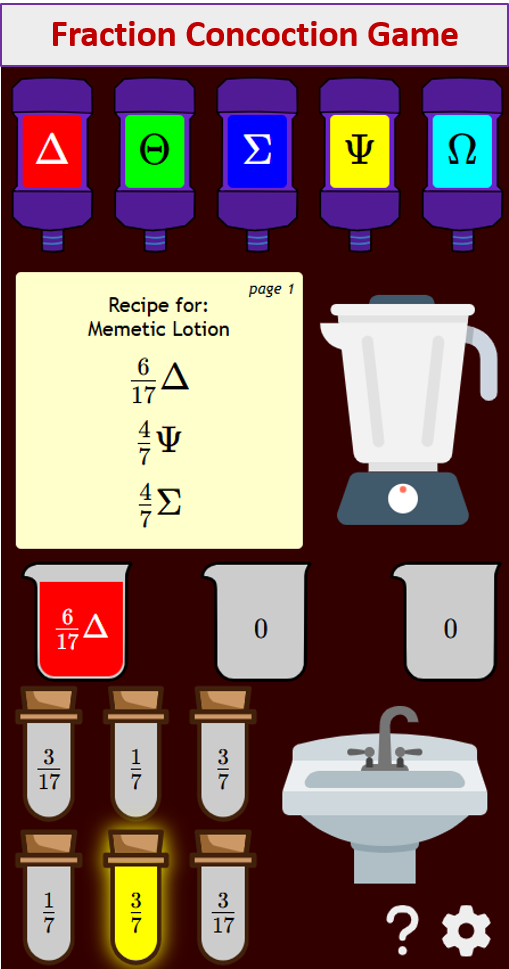Edexcel Jan 2020 IGCSE 4MA1/1H
Edexcel IGCSE Past Papers and solutions.
Questions and Worked Solutions for IGCSE 4MA1/1H.
Related Pages
More GCSE Past Papers
Share this page to Google Classroom
Edexcel Jan 2020 IGCSE, 4MA1/1H questions (pdf)
- The point A has coordinates (5, —4) The point B has coordinates (13, 1)
(a) Work out the coordinates of the midpoint of AB.
Line L has equation y = 2 — 31
(b) Write down the gradient of line L.
Line L has equation y 2 — 3x
(c) Does the point with coordinates (100, —302) lie on line L?
You must give a reason for your answer. - Find the lowest common multiple (LCM) of 28 and 105
- The diagram shows a shape.
The shape has area 129 cm2
Work out the value of x. - The table shows information about the weights, in kilograms, of 40 babies.
(a) Write down the modal class.
(b) Work out an estimate for the mean weight of the 40 babies.
One of the 40 babies is going to be chosen at random.
(c) Find the probability that this baby has a weight of more than 5 kg.
- 120 children go on an activity holiday.
The ratio of the number of girls to the number of boys is 3 : 5
On Sunday, all the children either go sailing or go climbing.
16/25 of the boys go climbing.
Twice as many girls go sailing as go climbing.
Work out how many children go sailing on Sunday. - (a) Write 7.8 x 10-4 as an ordinary number.
(b) Work out
Give your answer in standard form. - (a) Expand and simplify (m - 8)(m + 5)
(b) Factorise fully 5y + 20y2
(c) Simplify (p2 + 3)0
(d) solve 3(2x 5) - (9 - x)/2
Show clear algebraic working. - On the grid, enlarge the shaded shape with scale factor 1/2 and centre (1, 2)
- Here is a right-angled triangle.
Calculate the length of PQ.
Give your answer correct to 3 significant figures. - The shaded region in the diagram is bounded by three lines.
The equation of one of the lines is given.
Write down the three inequalities that define the shaded region. - Max invests $6000 in a savings account for 3 years.
The account pays compound interest at a rate of 1.5% per year for the first 2 years. The compound interest rate changes for the third year.
At the end of 3 years, there is a total of $6311.16 in the account.
Work out the compound interest rate for the third year.
Give your answer correct to 1 decimal place. - A total of 80 men and women took part in a race.
The cumulative frequency graph gives information about the times, in minutes, they took for the race.
(a) Use the graph to find an estimate for the interquartile range.
60% of the men took 50 minutes or less for the race.
No women took 50 minutes or less for the race.
(b) Work out an estimate for the number of men who took part in the race. - The diagram shows a solid cube.
The cube is placed on a table so that the whole of one face of the cube is in contact with the table.
The cube exerts a force of 56 newtons on the table. The pressure on the table due to the cube is 0.14 newtons/cm2
pressure = force/area
Work out the volume of the cube. - The diagram shows parallelogram EFGH.
EF = 9.3 cm
FG = 14.7 cm
Angle EFG = 106°
(a) Work out the area of the parallelogram.
Give your answer correct to 3 significant figures.
(b) Work out the length of the diagonal EG of the parallelogram. Give your answer correct to 3 significant figures. - The diagram shows a cuboid of volume Vcm3
(a) Show that V 15 + 16x — x2 - 2x3
There is a value of x for which the volume of the cuboid is a maximum.
(b) Find this value of x.
Show your working clearly.
Give your answer correct to 3 significant figures. - P = (2a -c)/d
a = 58.4 correct to 3 significant figures.
c = 20 correct to 2 significant figures.
d = 3.6 correct to 2 significant figures.
Work out the upper bound for the value of P.
Show your working clearly.
Give your answer correct to 2 decimal places.
17 (a) Show that (6 + 2 √12)2 = 12(7 + 4√3)
Show each stage of your working.
(b) Simplify fully
Try out our new and fun Fraction Concoction Game.
Add and subtract fractions to make exciting fraction concoctions following a recipe. There are four levels of difficulty: Easy, medium, hard and insane. Practice the basics of fraction addition and subtraction or challenge yourself with the insane level.

We welcome your feedback, comments and questions about this site or page. Please submit your feedback or enquiries via our Feedback page.